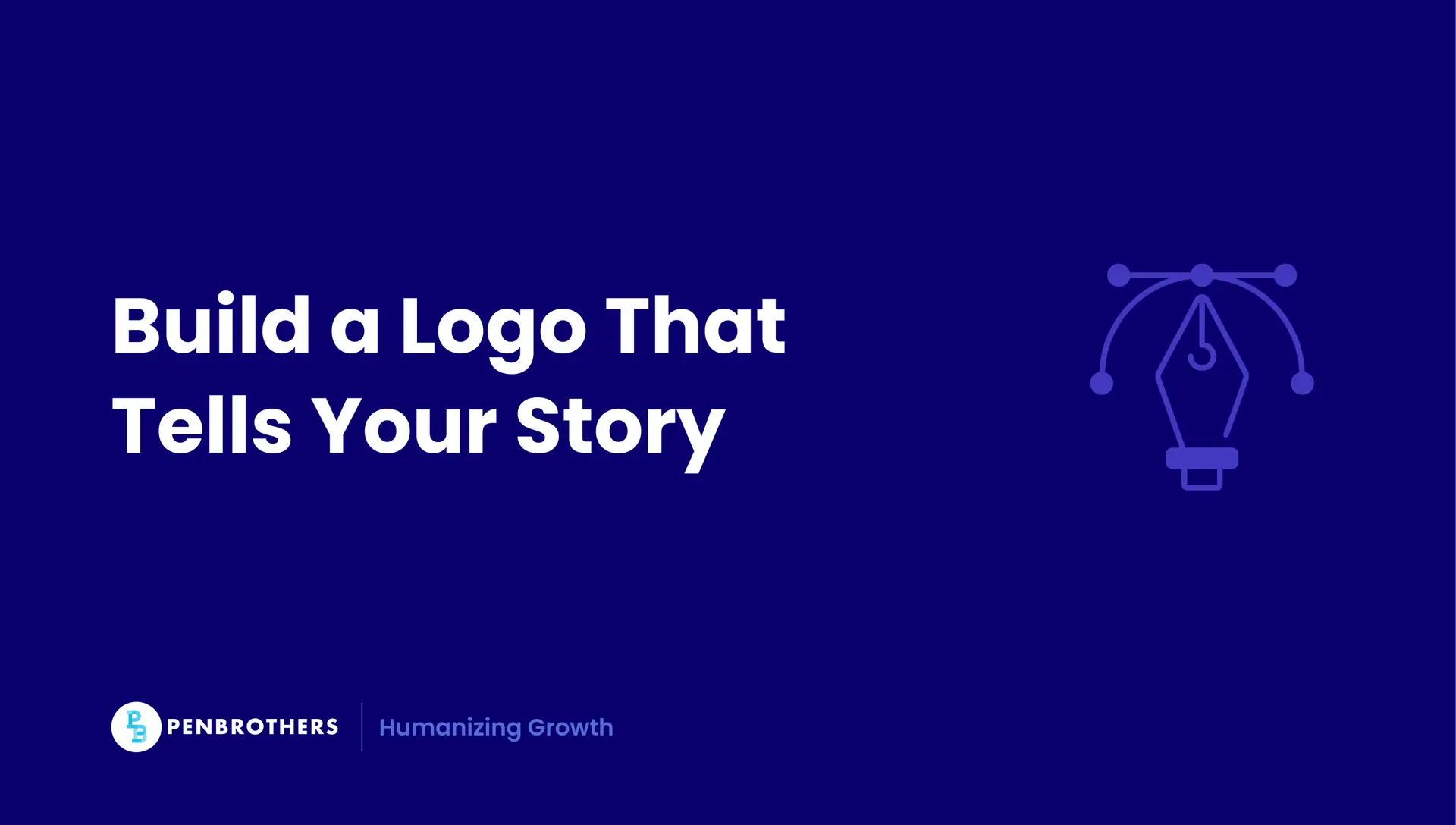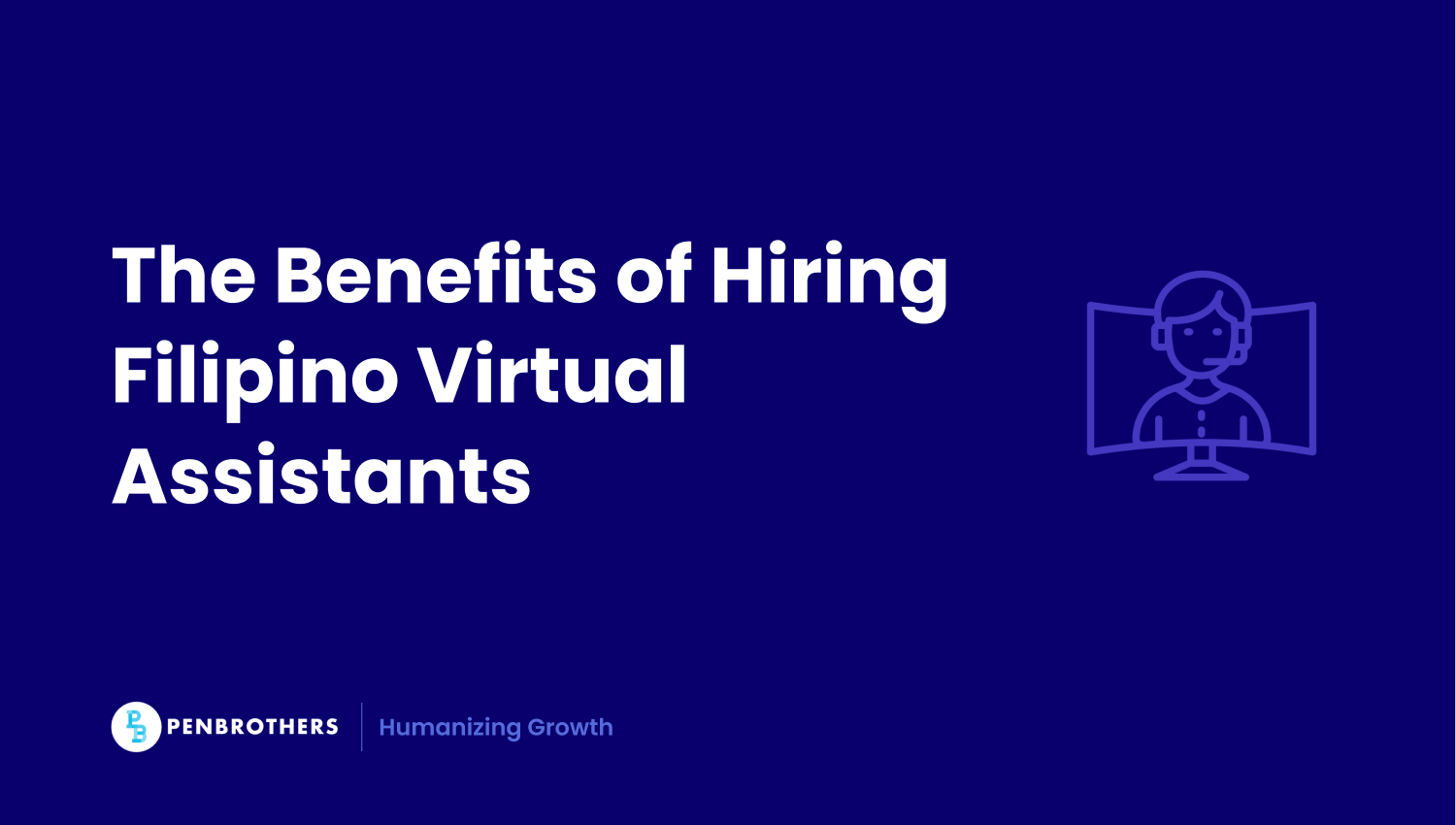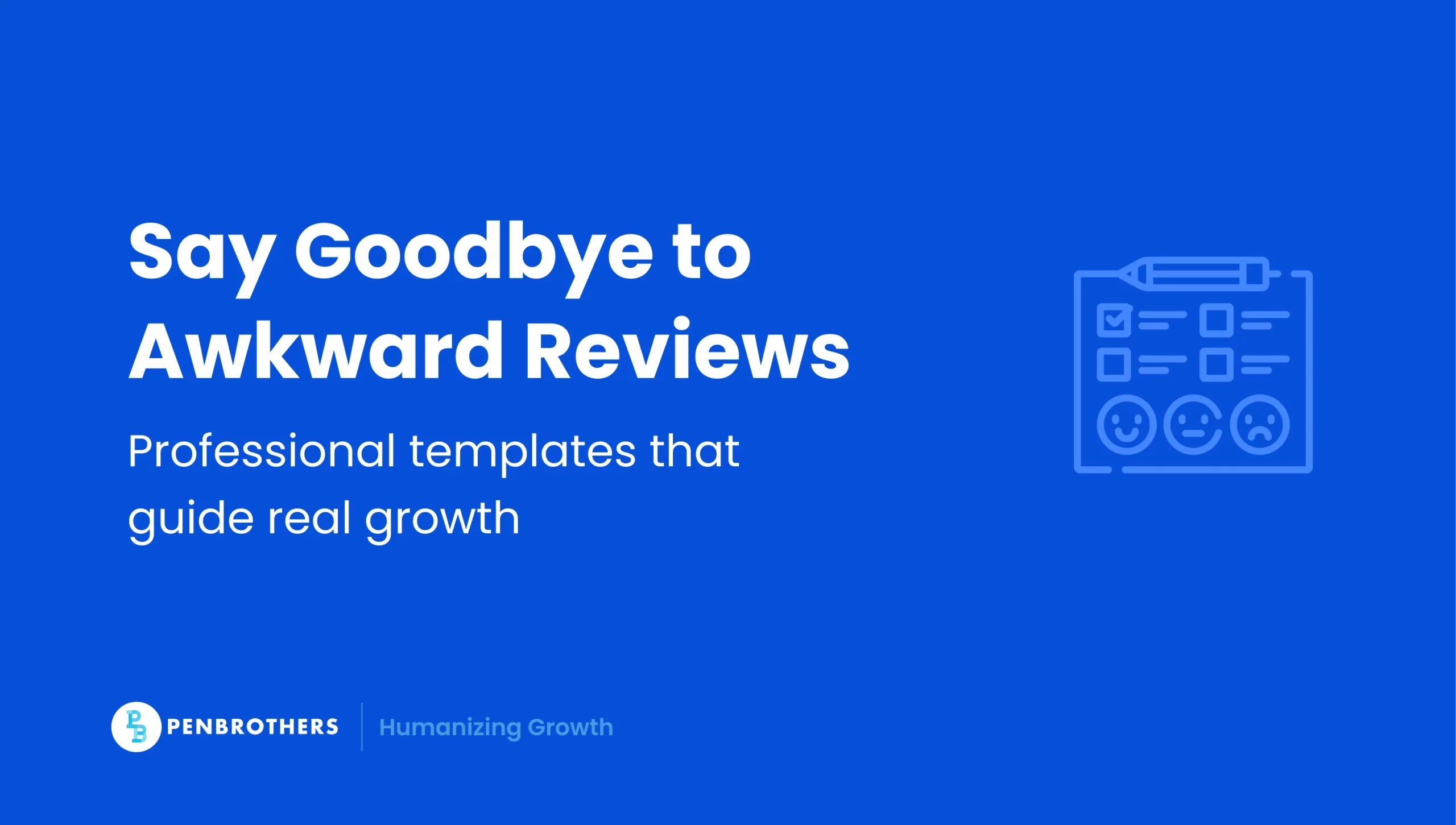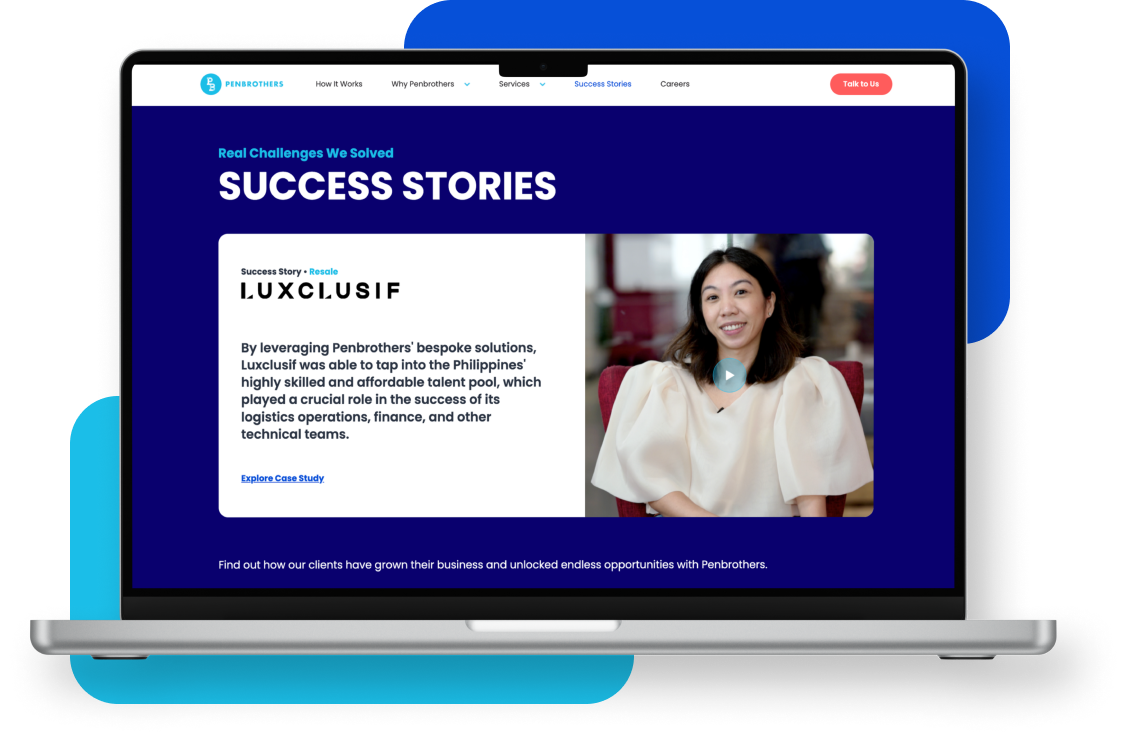What's Inside?
How to Hire a Logo Designer Who Captures Your Brand’s DNA

Your logo is more than a visual, it’s the first expression of your brand’s identity. Yet many treat it as an aesthetic task instead of a strategic one. When you hire a designer without that perspective, you risk ending up with a logo that looks good but says nothing about who you are.
This guide is for founders and marketers who see logo design as a business decision, not just a creative one. For broader guidance on scaling your visual identity, see how to hire a graphic designer.
The Real Challenge: Translating Brand Personality Into Visuals
Every brand has a unique tone. Some are playful and disruptive, others elite and minimalist. The challenge: turning that abstract identity into an icon, typeface and color system.
Consider the strong logos in the wild:
- Airbnb’s logo reflects community and belonging more than lodging.
- Nike’s “swoosh” is about movement and aspiration, not just a tick.
- Slack’s icon shows connectivity and collaboration, not just coloured shapes.
The right designer decodes your brand’s DNA and transforms it into visuals, not merely applies trendy fonts or colours. Without that alignment you face fake-looking logos, multiple redesigns and brand incoherence.
If you want your visual identity to stay cohesive across campaigns, explore outsourcing graphic design for Australian startups, a useful reference for brands that need continuous design output.
Step 1 – Define What You’re Really Hiring For
Before you publish a job or brief a designer, get clarity internally. You’re not just hiring a “logo designer”, you’re hiring a visual strategist.
What you should define:
- Brand story: What is your mission, vision and what you stand for?
- Target audience: Who are you speaking to and how do they perceive value?
- Tone and personality: Playful vs serious, disruptive vs traditional, niche vs premium.
- Visual associations: Colours, styles, brand examples you admire (not to copy) but to orient.
Deliverables checklist you should establish:
- Primary logo (stacked / horizontal)
- Variations (monochrome, reverse, icon-only)
- Typography system (fonts, usage)
- Brand guide (logo usage, exclusion zones, colour codes)
- File formats and scalable vector versions (for print, web, large-format)
If you can’t answer those questions clearly, you’re not ready to hire. You can’t hire clarity if you don’t have it internally.
Step 2 – Choose Your Hiring Path (Freelancer, Agency, or Subscription)
You’ll need to match your hiring path to your budget, brand maturity and scale.
Hiring options:
- Freelancer: Lower cost, faster turnaround, ideal for one-off logo design when your brand is early-stage and asset needs are simple. Risk: less strategic depth, fewer global brand considerations.
- Design Agency: Premium cost, full branding service, ideal for larger brands or re-brands. Expect deep research, multiple touch-points, full rollout support.
- Unlimited Design / Subscription Model: Growing startups with recurring design needs may choose this hybrid model (design on demand + logo included). Balanced cost + scale.
- In-House Designer: Best if you have ongoing creative/design demands beyond a logo, packaging, print, digital, brand assets. High fixed cost so only efficient at scale.
To see how creative outsourcing can support scaling teams, check digital marketing services you can outsource.
Decision tree:
- If budget is limited and you need a simple logo → Freelancer.
- If you’re scaling globally, need brand strategy and identity beyond the icon → Agency.
- If you already outsource design and need logo + future assets → Subscription / unlimited design.
- If design is a core function and you’ll need many assets over time → In-house designer.
Step 3 – How to Vet a Logo Designer (Beyond the Portfolio)
When reviewing designers, don’t stop at “nice work.” You should look for brand-fit.
Ask about their process:
- Do they begin with brand discovery (audience, tone, market) or dive straight into sketches?
- How many concepts and revisions are included?
- What deliverables will you receive (brand guide, file formats, usage rights)?
Look for:
- Versatility: Can they shift tone (playful vs premium) rather than reuse a narrow style?
- Testimonials: Do past clients say the designer understood their brand and industry, or just produced “pretty logos”?
Red flags:
- Templated designs appearing in multiple clients’ work.
- No brand-discovery phase, straight to “Here are 3 mockups.”
- Lack of clarity on ownership, usage rights, file formats.
Statistic to support this:
According to industry research, fewer than 40 % of agencies say their clients clearly identify their target market in the brief. And 26 % of in-house agency leaders cited unclear or changing briefs as the primary factor of overwork and wasted time.
This shows: a weak brief leads to a weak outcome. Make your designer ask the right questions.
Step 4 – Set Expectations and Collaborate Like a Pro
Hiring is just the start. To avoid disappointment you’ll need to build good collaboration.
Best-practice behaviours:
- Clarify deliverables, timelines and review points in writing before work begins.
- Share inspirations (mood-board) but not “copy this design.” Designers are not mind-readers, your clarity drives creativity.
- Provide structured feedback: reference brand story, audience response, not just “I don’t like the colour.”
Pro Tip Box:
Designers aren’t mind readers, your clarity drives creativity.
Collaboration checklist:
- Kick-off workshop: align on brand personality, reference brands, audience.
- Milestone 1: discovery & mood-board.
- Milestone 2: initial concepts.
- Milestone 3: refinement & final assets.
- Final deliverables: ensure logos work in digital, print, icon-size; check colours, formats, ownership transfer.
For founders working with distributed creative teams, this collaborative mindset also applies when outsourcing graphic design.
Step 5 – Know What a Logo Should Do (Not Just Look Like)
Beyond aesthetics, your logo should work strategically.
Key imperatives:
- Versatility: Should work across digital, print, signage, product packaging and retain clarity at small scale.
- Timelessness: Avoid overly trend-driven visuals; you want a mark that lasts years not months.
- Audience and cultural alignment: Your logo must resonate with your target market, including international/cultural nuances if you’re global.
Visual concept:
Brand values → visual symbol → behaviour/usage → recognition.
In other words: your strategy drives the design, the design drives the brand experience, the experience drives recognition.
How Much It Costs to Hire a Logo Designer
Now we address the keyword how much does it cost to hire a logo designer (or designer who captures brand DNA).
Representative cost ranges (global averages):
- Freelancers (entry level): ~$25–$100 /hr (hourly) depending on region.
- Freelancers (project-based): Many report $300-$1,500 for custom freelance logo work.
- Design agencies / full brand packages: $1,000-$10,000+ or more.
- Subscription/unlimited design services: e.g., $400-$600/month (depending on service) for ongoing design including logo.
- In-house designer: $35,000-$70,000/year (depending on locale, skills, cost base).
Match cost to brand stage:
- Early-stage startup with limited funds → choose freelancer, set clear scope, accept simpler deliverables.
- Growth stage with multiple assets and ambitious brand → invest in agency or full package.
- Global brand or heavy design needs → consider in-house or hybrid model.
Key takeaway:
Do not chase the cheapest logo. Chase the designer who understands your brand DNA and can deliver assets that scale. A low price today can turn into a costly rebrand later if the work doesn’t hold up in market.
Planning to hire full-time creative talent instead? Check out our latest Salary Guide to compare design salaries and find out what top creative professionals actually earn across markets.
Avoid These 3 Common Hiring Mistakes
Even the most well-intentioned brand teams fall into these traps when hiring a logo designer. Here’s how to avoid wasting time and budget.
1. Rushing the Briefing Process
A weak brief is the fastest route to a weak logo. When you skip the brand-story step, designers are left guessing what your business stands for. The result? Endless revisions, mismatched visuals, and a logo that looks fine but feels off.
Fix it: Take time to define your story, audience, tone, and long-term vision before hiring. A strong brief saves you weeks of back-and-forth and helps your designer work strategically from day one.
2. Choosing the Cheapest Designer
Going for the lowest bid might seem efficient, but it often leads to templated work, inconsistent branding, or limited ownership rights. You’re not just paying for execution, you’re paying for insight, creativity, and brand translation.
Fix it: Set a realistic budget based on your business stage. Look for designers who can articulate why their work fits your brand, not just how fast they can deliver.
To avoid these pitfalls, learn how Australian marketing firms enhance campaigns with outsourcing.
3. Skipping Brand Strategy Before Design
Without strategy, your logo becomes a disconnected visual, something that looks nice on paper but fails to represent your business in the market. This often leads to costly rebrands, lost recognition, and confusion across marketing channels.
Fix it: Align with a brand strategist or marketing lead first. Clarify what emotions and messages your logo should evoke. Only then should design begin.
Final Checklist: Hiring a Designer Who Gets You
Before you hit “hire”, go through this checklist:
1. Do they ask about your audience and brand story?
Great designers start with discovery. If they ask about your target market, mission, and competitive landscape, it’s a sign they’re thinking strategically not just aesthetically.
2. Can they explain their design rationale?
Every element should have intent. A designer who can justify the choice of shape, color, and typography is showing you their thinking process, not just delivering decoration.
3. Are revisions included and clearly documented?
Clarify how many feedback rounds you get and what’s included in each. This avoids scope creep, frustration, and misaligned expectations later on.
4. Will you receive full ownership rights and final files?
Ensure your contract specifies full ownership and that you’ll receive scalable files (vector, print, and digital formats). Without these, you’ll be limited when expanding your brand later.
5. Can the design scale across all formats?
Your logo should look just as strong on a mobile app icon as it does on a billboard. Confirm your designer tests versatility across print, digital, and product applications.
Final Thoughts
A great logo isn’t bought, it’s built with intention. The best results come from a clear brief, a strategic partnership, and a process rooted in your brand’s DNA. You’re investing in the visual foundation of your business, not just an icon.
For growing brands that need consistent, high-quality design support, partner with Penbrothers. Our creative professionals integrate seamlessly into your team, delivering design that looks and performs at a world-class level.
Explore Penbrothers’ creative talent pool today.
*This article was crafted with the support of AI technology and refined by a human editor.





